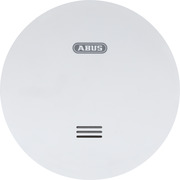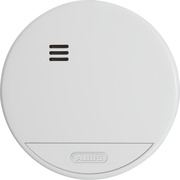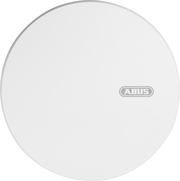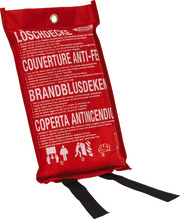To extinguish grease fires and electrical fires
Grease in the pan that ignites itself or the multiple socket that ignites a smouldering fire: In the domestic environment, grease fires and electrical fires are frequent fire scenarios.
REMOVE THE BASIS OF THE FIRE
A fire needs three factors: Fuel, heat and oxygen.
All fire-fighting methods are based on depriving the fire of one or more of these fundamentals - for example by smothering (fire blanket, foam extinguishing agent), cooling (water) or a firebreak (for forest fires).
Grease fire
You must never extinguish a grease fire with water, as there is a risk of dangerous grease explosions. CO2 fire extinguishers and powders are also unsuitable, as they can produce a jet of flame. Instead, extinguish with a class F grease fire extinguisher - up to 15 litres, for example, with our ABUS fire extinguishing spray. This is the right way to proceed if grease ignites:
- Turn off the cooker
- Remove the pot/pan from the cooker
- If possible: Put a metal lid on to deprive the fire of oxygen
- Use a class F grease fire extinguisher.
Electrical fire
Fire class E is no longer listed today, as electricity is not flammable in itself. In the event of an electrical fire, the following applies: Never extinguish with water! Because electricity is involved, there is a risk of electric shock. Instead, proceed as follows:
- Cut off the power supply: Tilt the main fuse or pull out the plug
- If the power no longer flows: Use a fire extinguisher of fire class A - for example ABUS fire extinguishing spray
- If you cannot interrupt the power supply: Use fire extinguisher, for example fire class C powder extinguisher
Class A solids often ignite in residential fires. These include, for example, paper, textiles, plastic or wood. Since embers form, you need an extinguishing agent to contain the flames and extinguish the embers. Water is suitable here: it cools and reduces the oxygen supply. Quicker to hand and also suitable are our ABUS foam extinguishing agents. „Fire stop“ and our Fire blanket.




















